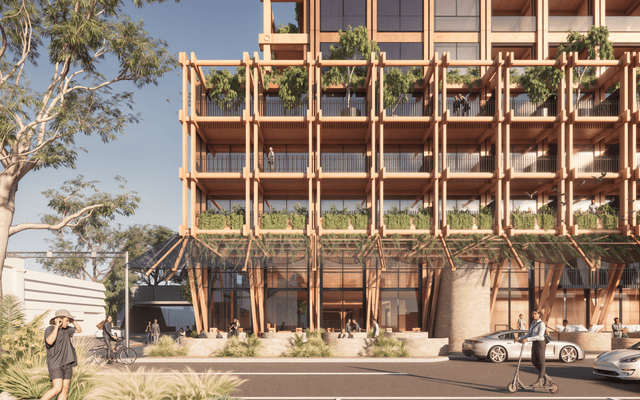This article is from the Australian Property Journal archive
HEALTH worker industry superannuation fund HESTA is backing the burgeoning build-to-rent sector, committing $240 million to a new specialist affordable housing fund manager’s first fund, which will focus on a blend of affordable, social, market-rate and specialist disability housing.
Super Housing Partnerships, or SHP, will provide institutional investors with access to equity investment in new BTR housing projects, with a focus on social and affordable housing unique to the Australian market, and where BTR is still in its infancy.
HESTA CEO Debby Blakey said the fund’s founding investment in SHP’s pipeline of BTR homes, aims to generate stable, long-term returns for members – it manages $68 billion of member funds – while helping catalyse an emerging investment sector.
“We have the opportunity to innovate and invest to meet an unmet need, providing our members with appropriate risk-adjusted investment returns by improving housing supply,” said Blakey, who will be pushing the build-to-rent sector to state and federal governments at today’s Australian Investors Association conference.
“A lack of access to housing impacts our members who provide critical services and need to afford housing near their work, and economic productivity that presents broader systemic risks to long-term investors like HESTA.”
SHP seeks to address some of the barriers to institutional investment in affordable housing at scale through an aggregator-style platform combined with specialist funds management skills, partnering with affordable and sustainable housing developers and community housing providers.
SHP’s first fund will initially develop BTR Victorian apartment projects representing potentially more than 1,600 mixed-tenure dwellings blending social, affordable, market-rate and specialist disability housing.
“SHP is a crucial part of the solution to the acute and growing shortage of affordable housing in Australia by providing institutional investors with the opportunity to invest in a developing portfolio of affordable projects and, in due course, completed assets,” said SHP venture partner, Kris Daff of Assemble, which is backed up AustralianSuper and has a number of build-to-rent and alternative housing projects in the pipeline in Melbourne.
“There are society-wide negative impacts associated with the housing affordability crisis. It was not that long ago we were worried about how ordinary working Australians were able to purchase their first home – we have moved well beyond that to a point where the concern is now how everyday Australians can even rent a home,” Daff said.
House values soared during the pandemic and priced a number of buyers out of the market, while a rental crisis has seen a jump in rents and the national vacancy rate crunched to just 1%.
Daff said SHP intends to expand its initial Victorian portfolio and is currently working with key strategic development partners for the delivery and operation of assets nationally. While federal government tax arrangements still present challenges, the Victoria and NSW governments have introduced concessions. Most existing developments either under construction or in planning are in Melbourne.
Australia’s build-to-rent sector is expected to mature into a $9.6 billion market by 2027. The sector has just received a $1.5 billion confidence boost from global investor Hines, which has joined forces with investment and development manager Cadillac Fairview and the real estate arm of the Ontario Teachers’ Pension Plan for a new BTR partnership.
All SHP housing projects aim to be net zero operational carbon from day one and SHP will measure and manage impact outcomes against United Nations Sustainable Development Goals.




